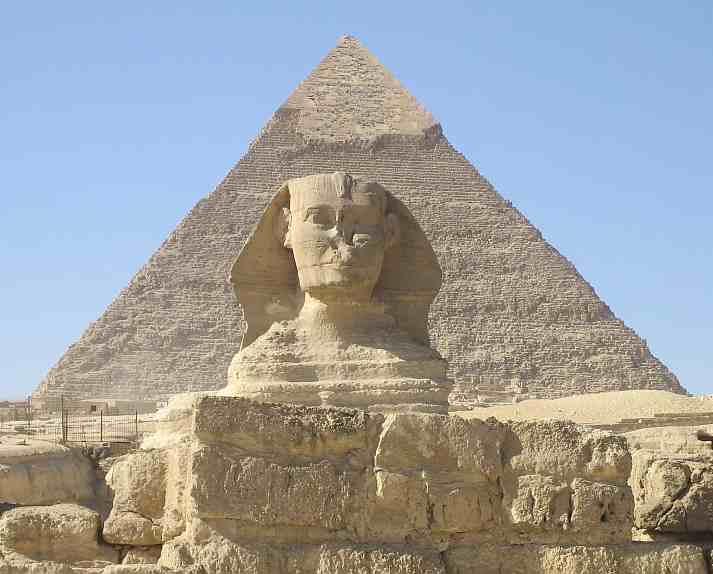 DNA samples have been taken from Tutankhamun and other mummies from the 18th dynasty of rulers in an attempt to establish his family lineage. Getty Images
DNA samples have been taken from Tutankhamun and other mummies from the 18th dynasty of rulers in an attempt to establish his family lineage. Getty ImagesFrom The Independent:
New technology is helping answer the riddles in the life, and death, of the boy pharaoh. And it's cracked other historical puzzles too.
His golden funeral mask with its striped headdress has become the symbol of Egypt's ancient grandeur. Yet for all the fame that surrounds the boy King Tutankhamun, no one really knows who he was.
Now, the mystery of King Tut's lineage has finally been solved. It will be revealed to the world on Wednesday, more than 30 centuries after the pharaoh was sealed in a gold coffin.
Read more ....


















